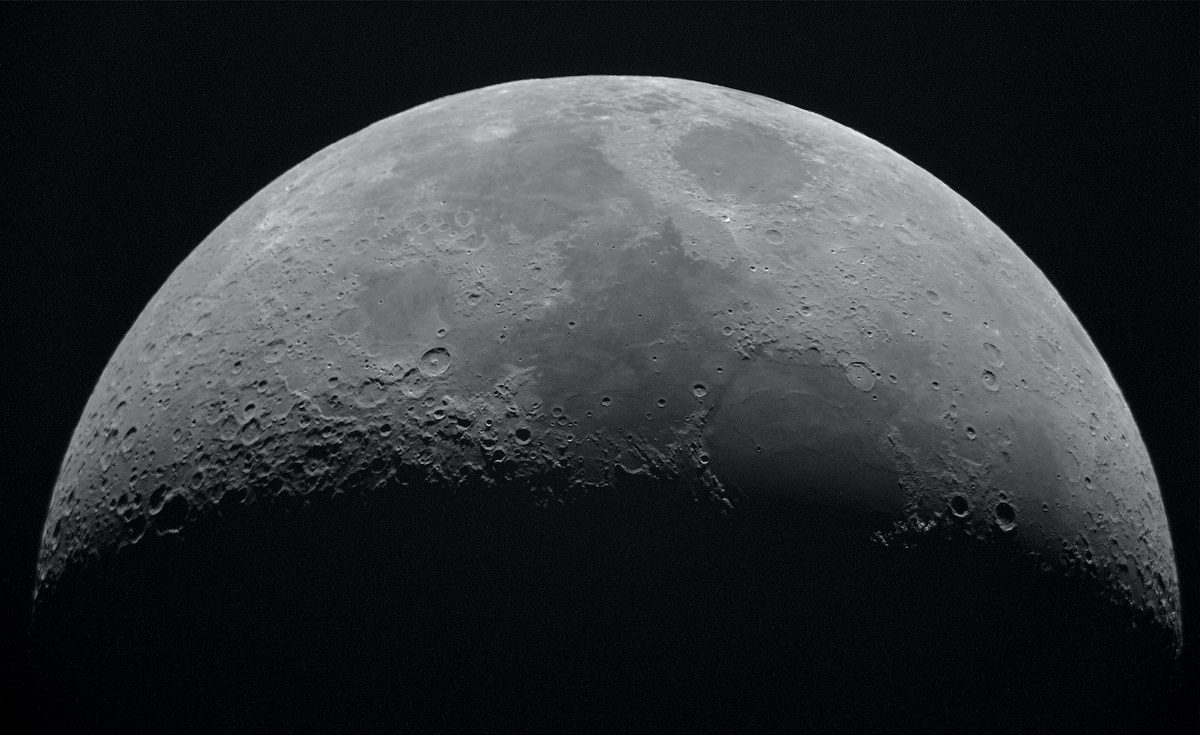The development of vertical solar panels, which will support NASA’s robotic and human Moon exploration program Artemis, has advanced thanks to the selection of three businesses, the Agency said in a press release.
NASA will send people back to the Moon through the Artemis missions and create a permanent outpost there close to the lunar South Pole. Future robotic and crewed missions will need to be able to power rovers, building systems, and lunar homes, all of which require a dependable, sustainable power supply. NASA is promoting the construction of vertical solar panels that can autonomously deploy up to 32 feet in height and retract for relocation if required in order to assist in supplying this electricity.
“These prototypes will provide promising solutions for reliable power sources on the Moon, which are key to the success of almost anything we do on the surface,” said Niki Werkheiser, director of technology maturation in NASA’s Space Technology Mission Directorate (STMD) at NASA Headquarters in Washington. “This exciting effort plays a critical role that will quite literally help power our Artemis exploration in the uniquely challenging environment of the Moon’s South Pole.”
With the intention of installing one of the systems close to the Moon’s South Pole before the end of this decade, the agency will grant a combined sum of $19.4 million to three businesses for the development of prototypes and environmental tests. The designs must be sturdy on uneven terrain and show high resistance to abrasive lunar dust, all while decreasing bulk and stowed space to facilitate the system’s transportation to the lunar surface.
The companies that won the awards include Astrobotic Technology of Pittsburgh, Pennsylvania ($6.2 million), Honeybee Robotics of Brooklyn, New York ($7 million), and Lockheed Martin of Littleton, Colorado ($6.2 million).
Existing microgravity or horizontal surface deployment-capable solar array structures are space-rated. The new designs and height of the vertical solar panels will aid in preventing power loss in the lunar poles where the Sun does not reach very far over the horizon. The topography of the Moon can deflect part of the Sun’s light when it is low in the horizon, preventing it from reaching low-lying solar arrays. These designs provide continuous lighting and so generate more electricity by mounting the solar arrays on high masts.
“We are very excited to be able to select these three teams as they all bring very different technological solutions as well as unique visions for how commercial space can support a sustained presence on the Moon,” said Chuck Taylor, Vertical Solar Array Technology (VSAT) project manager at NASA’s Langley Research Center in Hampton, Virginia, as cited by NASA.
The contracts are a part of the agency’s VSAT program, which intends to assist NASA’s long-term lunar surface activities. NASA chose five businesses in 2021 to develop preliminary concepts for vertical solar panel technology. In coordination with NASA’s Glenn Research Center in Cleveland, STMD’s Game Changing Development program, Langley, and VSAT are in charge of the project.
If you liked this article and want to read more about NASA’s future projects – click here.

